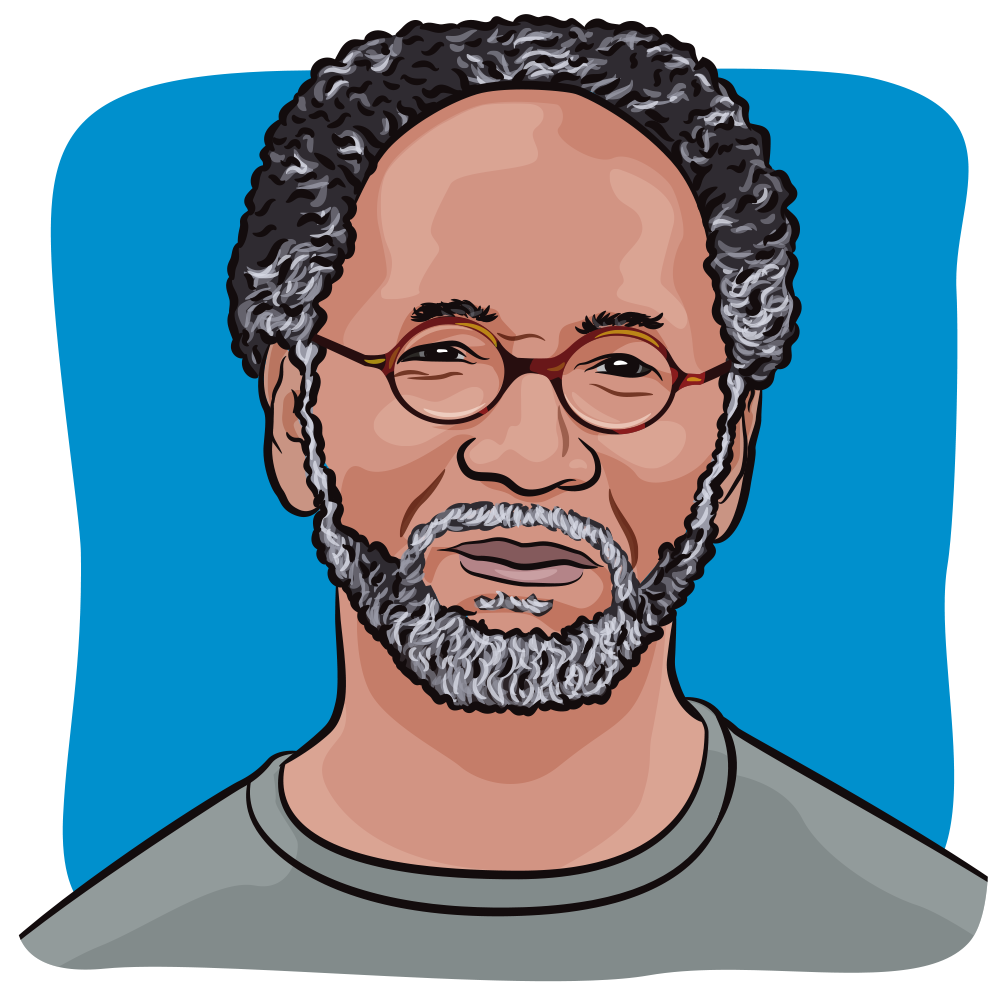Publication
Article
CURE
HIIT Workouts May Better Reduce Stress and Anxiety in Certain Patients With Prostate Cancer
Author(s):
A patient with prostate cancer under active surveillance may encounter the fear that their cancer might progress, causing stress and anxiety. However, HIIT workouts may help put them at ease.
Performing high-intensity interval training (HIIT) has previously been shown to improve physical health and is now demonstrating improvement in psychological health for patients with prostate cancer who are under active surveillance, according to recent study results.
Kerry S. Courneya, a professor and Canada Research Chair at the University of Alberta in the Faculty of Kinesiology, Sport, and Recreation, recommends that patients with prostate cancer start with just walking for a few minutes a few times a week, building up to 30 minutes almost every day, then the HIIT intervals can be incorporated.

For some patients with low-risk prostate cancer, active surveillance may be their treatment direction, meaning the care team is monitoring the cancer closely, allowing a patient to avoid immediate treatment and side effects.
However, study author Kerry S. Courneya explained this period may cause some men to experience psychological distress, affecting their quality of life.
“It’s a bit of a helpless feeling to have cancer, and nothing (is) really being done about it,” Courneya, a professor and Canada Research Chair at the University of Alberta in the Faculty of Kinesiology, Sport, and Recreation, said in an interview with CURE®.
Some of the anxiety may come from waiting around, feeling nervous that it could get worse, and they might need treatment — what Courneya called a fear of cancer progression.
He and colleagues evaluated whether exercise, which has been shown to improve psychological health in patients with cancer, would help men with prostate cancer on active surveillance improve their mental health. They examined the effects HIIT had on a patient’s phycological state, including cancer-specific anxiety, fear of cancer progression, quality of life and psychological outcomes. The trial included 52 patients with prostate cancer who were randomized to either a 12-week HIIT program (26 patients) or usual care (26 patients) during active surveillance.
Compared with usual care, HIIT significantly improved patients’ cancer-specific anxiety, fear of cancer progression, hormonal symptoms, perceived stress, fatigue and self-esteem. Courneya noted these improvements enhance a patient’s quality of life because they don’t feel as stressed.
“If there’s anything we can do from a stress management or anxiety-reduction perspective, that will improve (patients’) quality of life. (It) will allow them to just cope with having that disease but still feel psychologically healthy,” he said.
Courneya also added that the anxiety and stress can be so overwhelming for these men, some of them will choose to undergo treatment anyway, which could increase their risk of side effects that may be harmful and still affect daily life. However, he hopes these results may deter from that option.
“Even though the disease itself doesn’t really need treatment and the doctor says it’s fine, at some point, some of these patients say, ‘Look, I just want it removed. I want the surgery or the radiation therapy.’ Just because of the psychological impact of the disease,” he noted. “We think these findings may help men stay on active surveillance longer and hopefully avoid treatments all together.”
Additional results from a previous trial Courneya conducted demonstrated that HIIT also improved physical health, including cardiorespiratory fitness, reduced prostate-specific antigen levels and, for some, slowed the biochemical progression of the disease. He added that practicing other physical activities, such as walking, can also be helpful in improving psychological impacts during prostate cancer.
Participation in a walking program was recently shown to benefit patients with blood cancers.
However, the HIIT programs focus on a higher intensity, so a patient may become stronger in a physiological aspect than they would otherwise, improving their stress response.
“That underlying physiological capacity can become a buffer against stress and anxiety,” he concluded. “But it’s (also) the sense of feeling like you’re doing something for yourself. Twiddling your thumbs and waiting for the disease to progress is one thing, but (when you’re exercising), you feel like (you’re) actually doing something that may slow the progression of the disease, (which) can have a positive psychological impact.”
How to HIIT It
Courneya said starting a HIIT program depends on the patient’s current physical condition. Whether they are already working out frequently will determine how much HIIT they can do at a time, but it is a working-up process.
Before starting a HIIT program, a patient should be in fairly good physical health. Courneya suggests starting with just walking for a few minutes a few times a week, building up to 30 minutes almost every day, then the intervals can be incorporated. He also added that when starting a HIIT program, it is important to do it at your own pace and build it up slowly.
The length of the HIIT intervals can vary from 20 to 30 seconds to four to five minutes. There is no magic duration or number of intervals. Courneya suggests starting with shorter high intensity intervals
(30 seconds to one minute) and building up to longer high intensity intervals (two to four minutes). He also suggests starting with fewer intervals (two to three) and increasing up to eight intervals. The recovery intervals (usually lighter intensity) can be as long as needed for recovery before the next high-intensity interval.
One specific type of HIIT is sprint interval training. “We call it sprint interval training because it’s all out for a short period of time,” he said. “You can just play with it in terms of what feels good (and) what is working, but if you can incorporate a little bit of that burst of HIIT, even for 30 seconds, … it has a lot of health benefits.”
For more news on cancer updates, research and education, don’t forget to subscribe to CURE®’s newsletters here.





